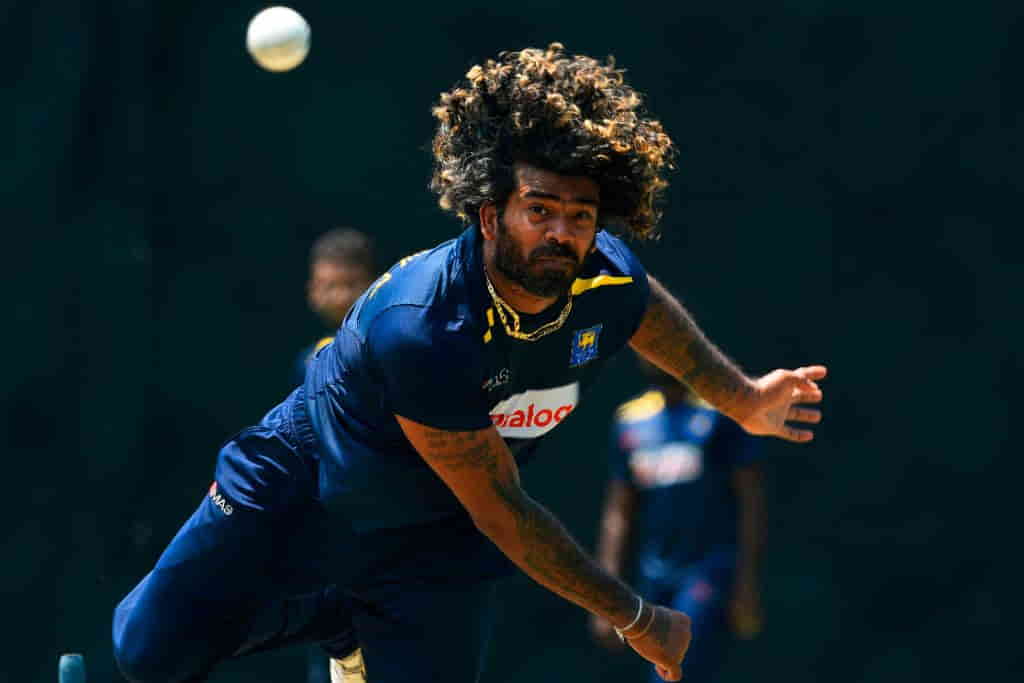 Image Credit: twitter.com/@ICC
Image Credit: twitter.com/@ICC
As T20 cricket format has an inclusion of only 20 overs, the maintenance of a good economy rate is more important for the players and the team as a whole. The bowlers have to make sure that they give out the minimum number of runs in the balls that are used. It helps in giving the team a better chance in winning the match as a whole and gives more credibility to the players. The more a bowler is able to prove himself, the better is their chance of getting selected in this format.
The goal of the bowling side is to restrict the runs scored per wicket rather than per over in Tests and other first-class matches because there is more time available, and the innings typically ends once all ten wickets have been taken as opposed to after a set number of overs. A bowler with a high economy rate will typically still help the batting side’s total in a Test match. In contrast, taking a wicket in limited overs matches will typically help the bowling team by slowing the run rate.
Before September 8, 2020, the mean economy rate for all Test matches was 2.75, the one-day international average was 4.70, and the Twenty20 international average was 7.44. [4] Bowlers’ economy rates tend to be higher for shorter game formats, even though playing styles have changed over time and limited-overs cricket is a more recent phenomenon.
How is the Economy Rate Calculated?
Since overs are typically expressed as decimals between 0.1 and 0.6, they must first be converted into true fractions before being used in the calculation. A bowler’s economy rate, for instance, is 31/10.33333, or 3.0 runs per over, if they allow 31 runs in 10.2 overs (10 overs plus two balls). If the bowler continues to bowl and gives up another 20 runs in 5.5 overs (i.e., five overs and five balls), they will have given up a total of 51 runs in 16.1 overs, translating to an overall economy rate of 51/16.1667, or 3.15 runs per over.
Byes and leg byes are not considered in the bowler’s analysis, so they have no impact on their economic rate. However, despite neither adding a ball to the over, the bowler is penalized for wides and no-balls.
Best Economy Rates
| Player | Mat | Econ | Span |
| Sri Lanka Lasith Malinga (Stars) | 13 | 5.40 | 2012–2014 |
| Sri Lanka Muttiah Muralitharan (Renegades) | 16 | 5.70 | 2012–2014 |
| Australia Mitchell Johnson (Scorchers) | 19 | 6.4 | 2016–2018 |
| Afghanistan Mujeeb Ur Rahman (Heat) | 37 | 6.20 | 2018–2022 |
| Cricket West Indies Samuel Badree (Heat) | 13 | 6.40 | 2015–2017 |
The average number of runs a bowler has given up per over in a game of cricket is known as the economy rate. Generally speaking, the bowler performs better at a lower economic rate. It is one of several statistics used to compare bowlers, and it is frequently used along with bowling average and strike rate to assess a bowler’s overall performance.





